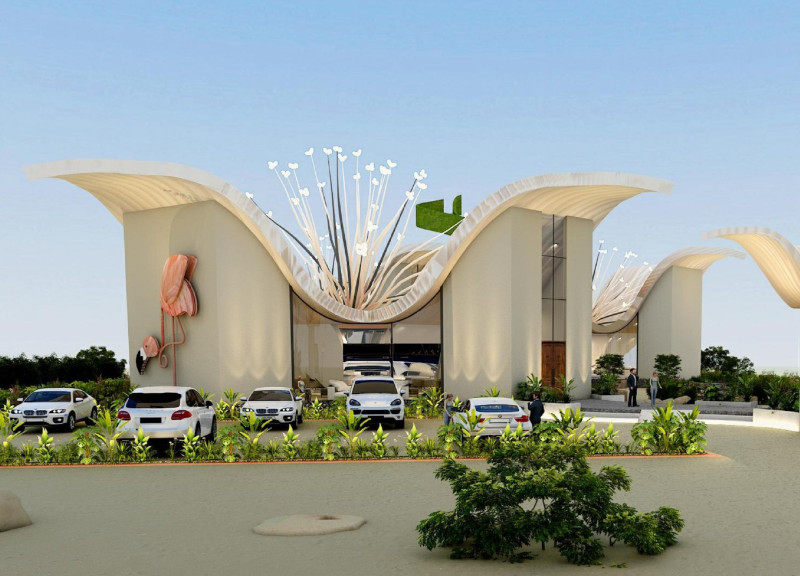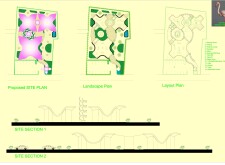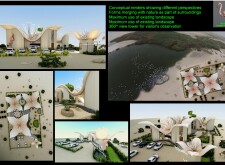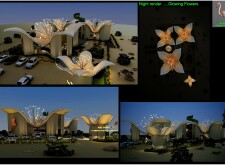5 key facts about this project
The Abu Dhabi Flamingo Visitor Center is a carefully designed facility situated in a unique wetland area. It serves as a space for visitors to connect with the rich variety of plant and animal life in the region. The design focuses on blending the built environment with nature, creating a place that encourages people to appreciate the surroundings while minimizing any impact on the local ecosystem.
Design Concept and Philosophy
The project aims to merge architecture with the landscape, fostering a strong relationship between the structure and its environment. The design approach emphasizes ecological awareness, using natural elements to enhance the visual presence of the building. The layout features free-flowing curves that mimic the natural forms found in the area, which makes movement through the center feel intuitive and connected.
Key Features and Visitor Experience
Visitors can enjoy a panoramic view platform that offers expansive sights of the wetlands and opportunities to observe wildlife. An observation tower is included, providing a high vantage point for better engagement with the surrounding nature. Additional spaces such as a café and training rooms are positioned thoughtfully to support visitor needs and enhance accessibility throughout the facility.
Functional Zoning and Layout
To accommodate various activities, the layout divides functions into distinct areas based on expected visitor traffic. Outdoor spaces are designed for observation and interaction, encouraging guests to immerse themselves in the natural environment. The ground floor features elevated roof heights, which contribute to an open atmosphere. Key elements include security rooms, parking, waiting areas, gift shops, restrooms, training areas, and a kitchen, all seamlessly integrated into the overall plan.
Visual Representation and Design Details
The design is presented through renders that illustrate its connection to the landscape. These visualizations highlight how the building works with existing features of the site. Elements like illumination are emphasized to showcase the facility’s appeal during nighttime. Unique details, such as glowing flowers incorporated into the design, not only enhance the overall aesthetic but also help create an inviting atmosphere for all who visit.





















































